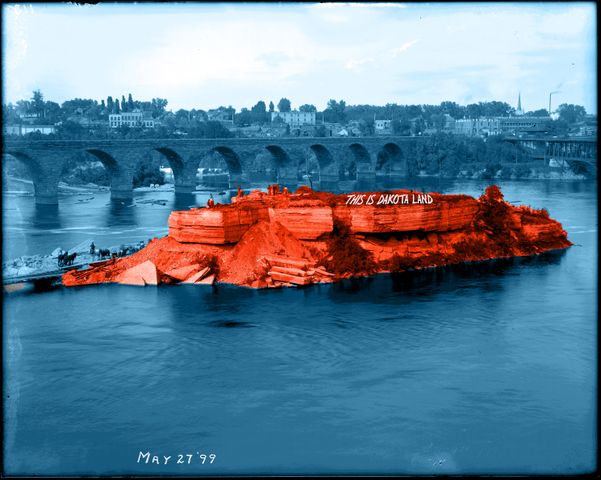Field Station 1: Sediment, Settlement, Sentiment: The Machinic River
Minnesota / Wisconsin

Between the source regions of the Mississippi River on Lake Itasca and the “Driftless” between Minnesota and Wisconsin lie both its “natural” and “anthropocene” origins. Here, a small creek becomes a torrent, the Dakota and Ojibwa centered their social and spiritual lives, and the U.S. Army Corps of Engineers has directed the river’s flow for almost two centuries. Twenty-nine locks were built and a three-meter-deep channel was dug to transport agricultural and industrial products. These interventions were and are considered evidence of human domination over nature. Field Station 1 resists this approach and views such interventions as open-ended experiments under uncertain conditions.
Just recently, the U.S. Army Corps of Engineers initiated a public process to decide the future of the oldest dams on the Mississippi River in the Twin Cities area (Minneapolis-Saint Paul). The possibility of dismantling the dams is already meeting with great public interest, which also reflects the importance of the Mississippi River in the collective world and self-image. Field Station 1 considers the river a space of experimentation and speculation. In discussions, installations and walks, it asks who is allowed to experiment with the river, what role social justice and self-determination play in these experiments, how global climate change influences local decisions and how the river links the landscapes upstream and downstream in complex ways.